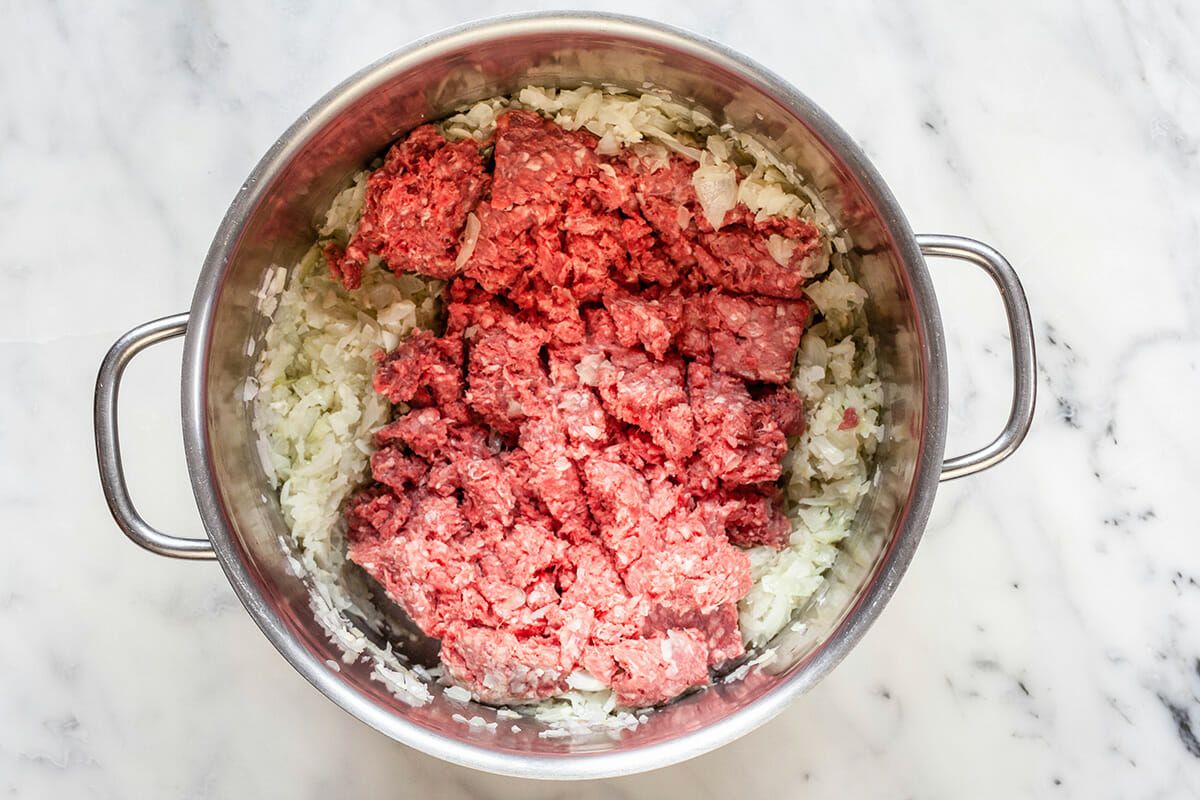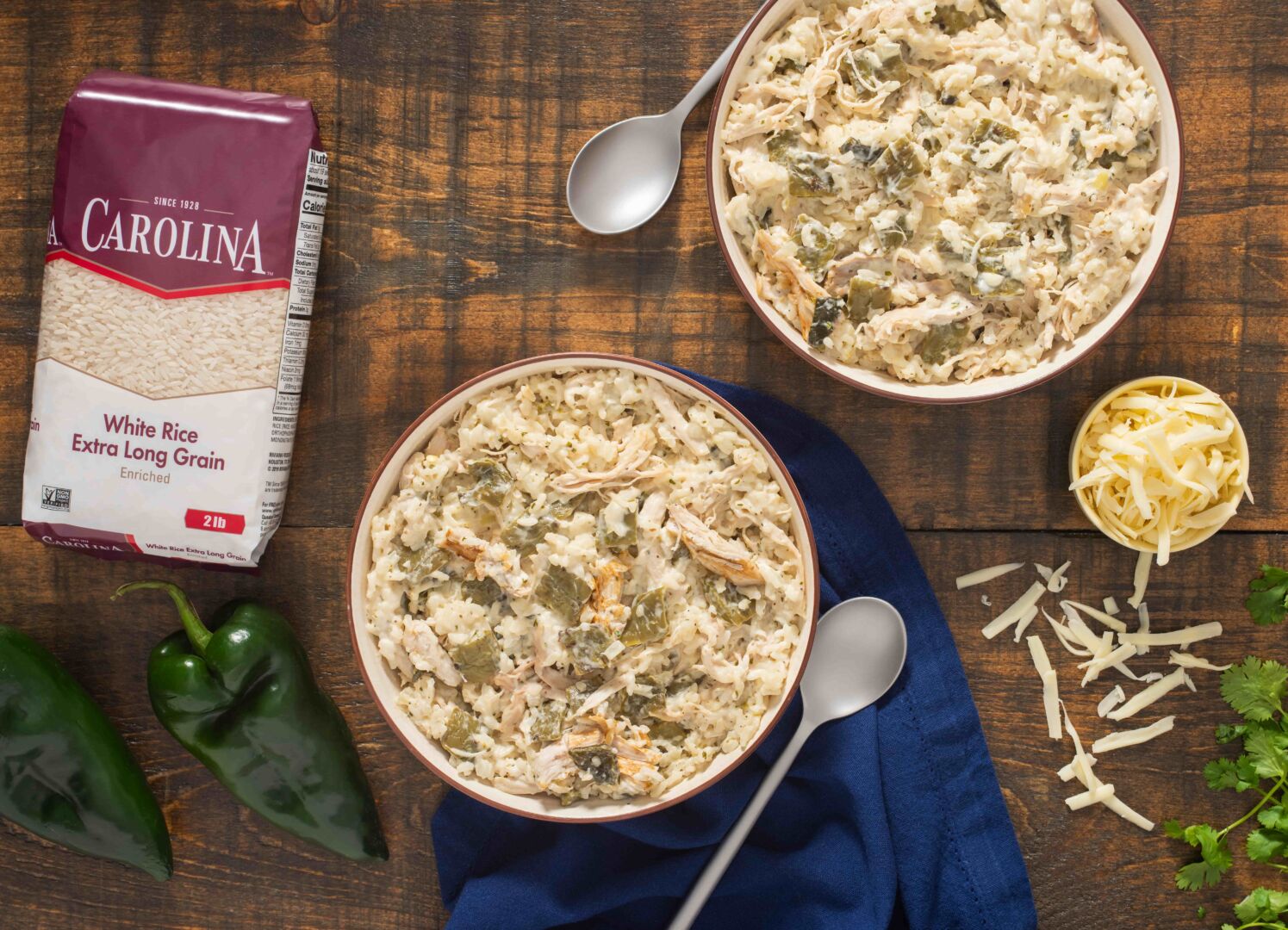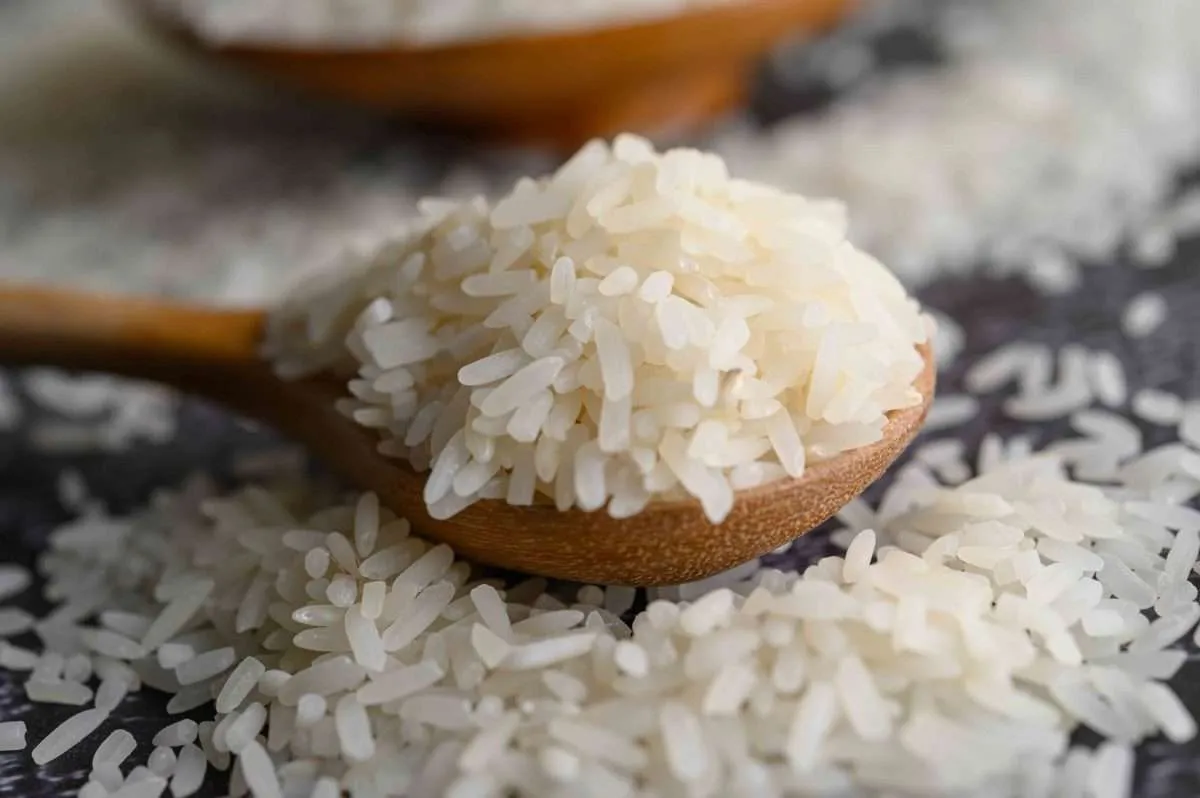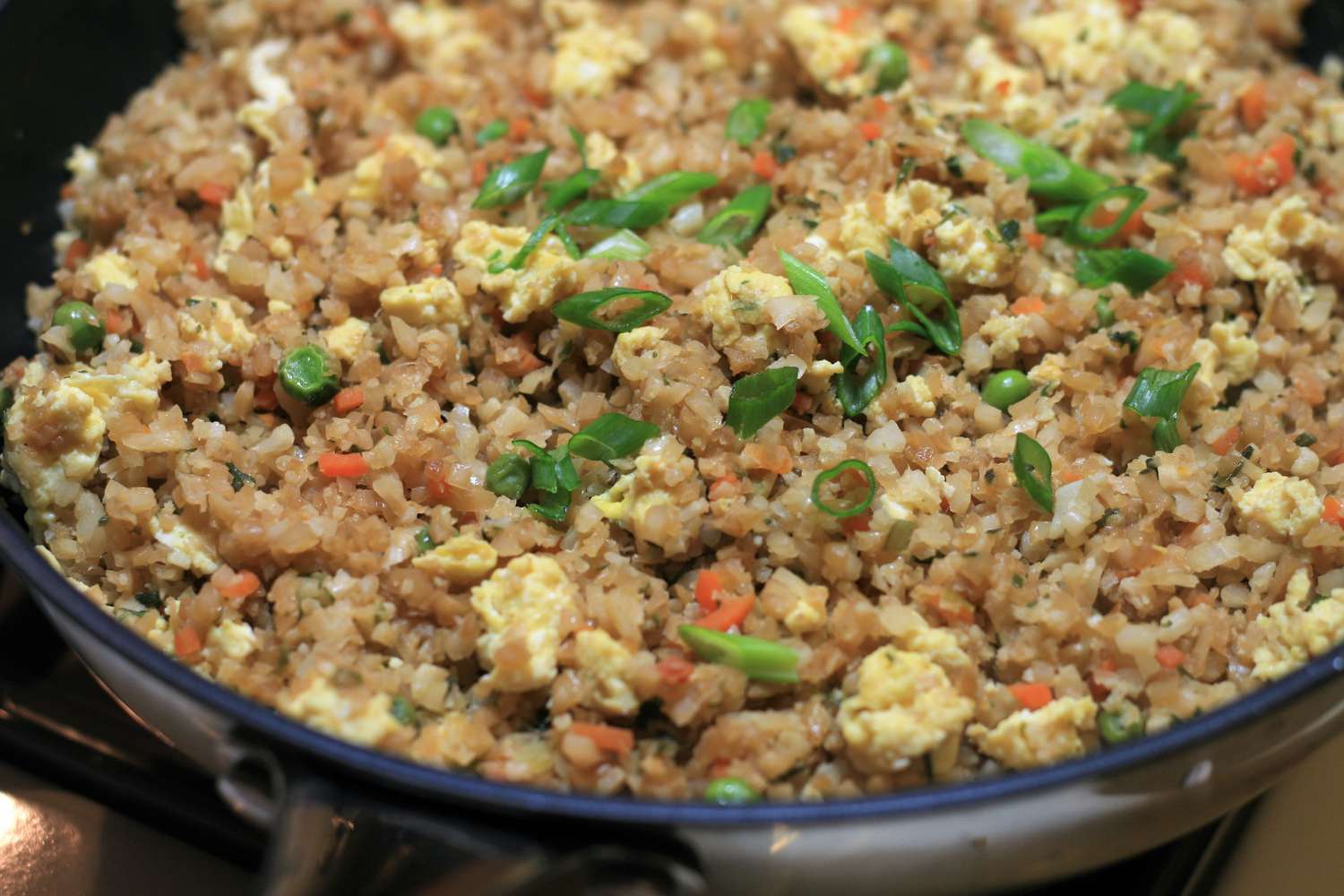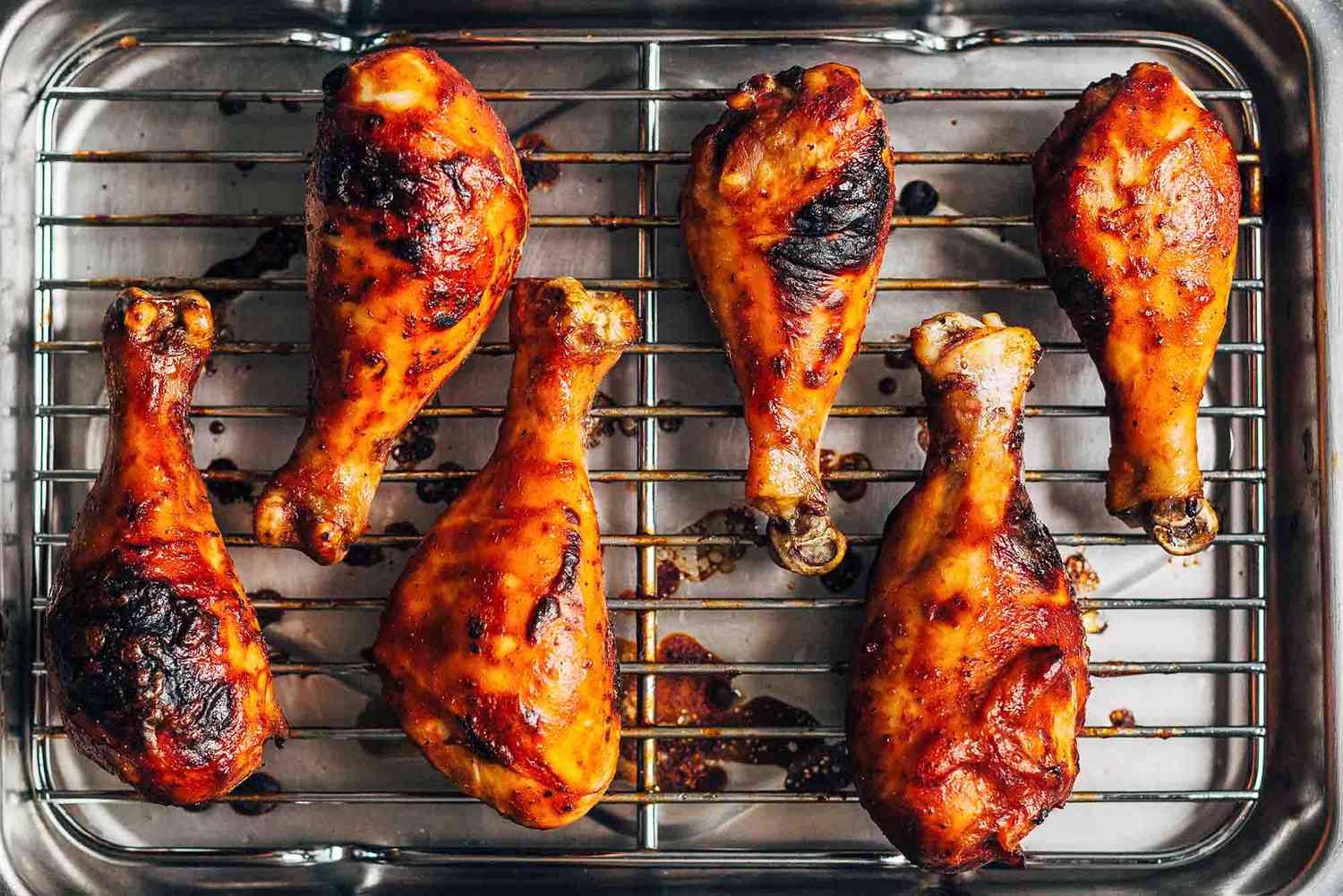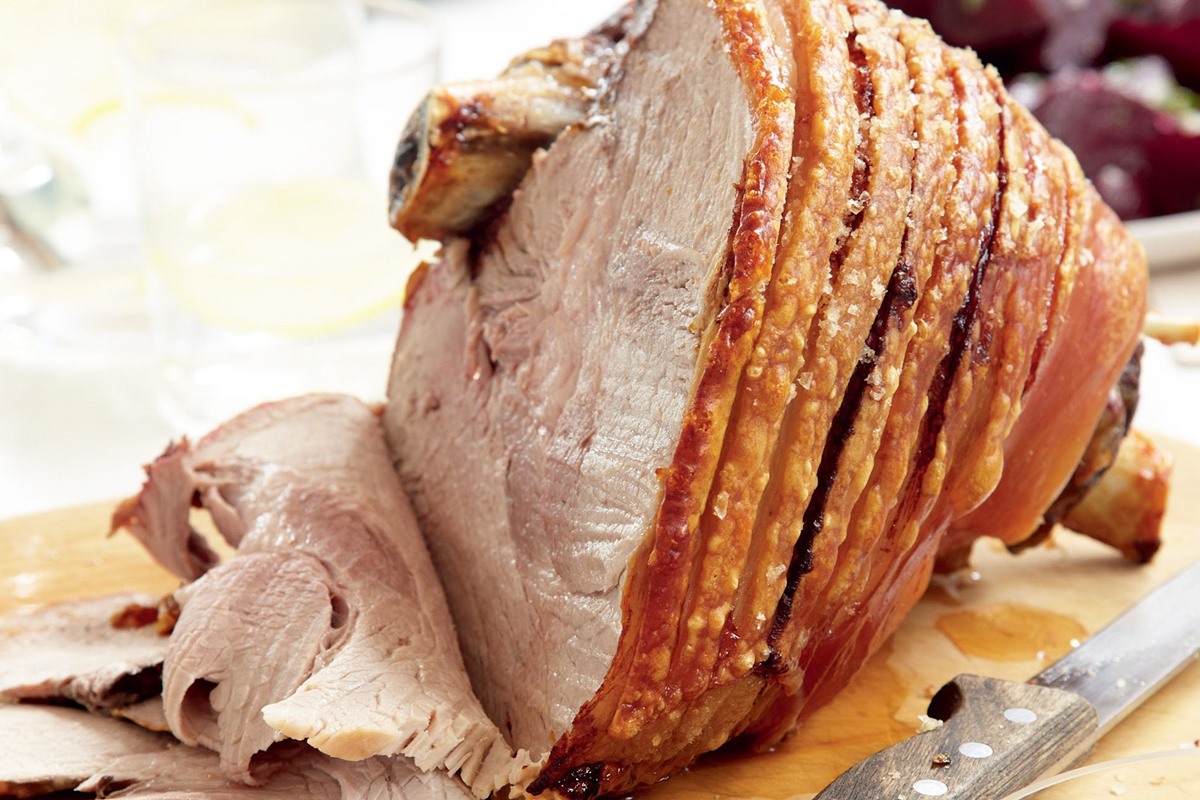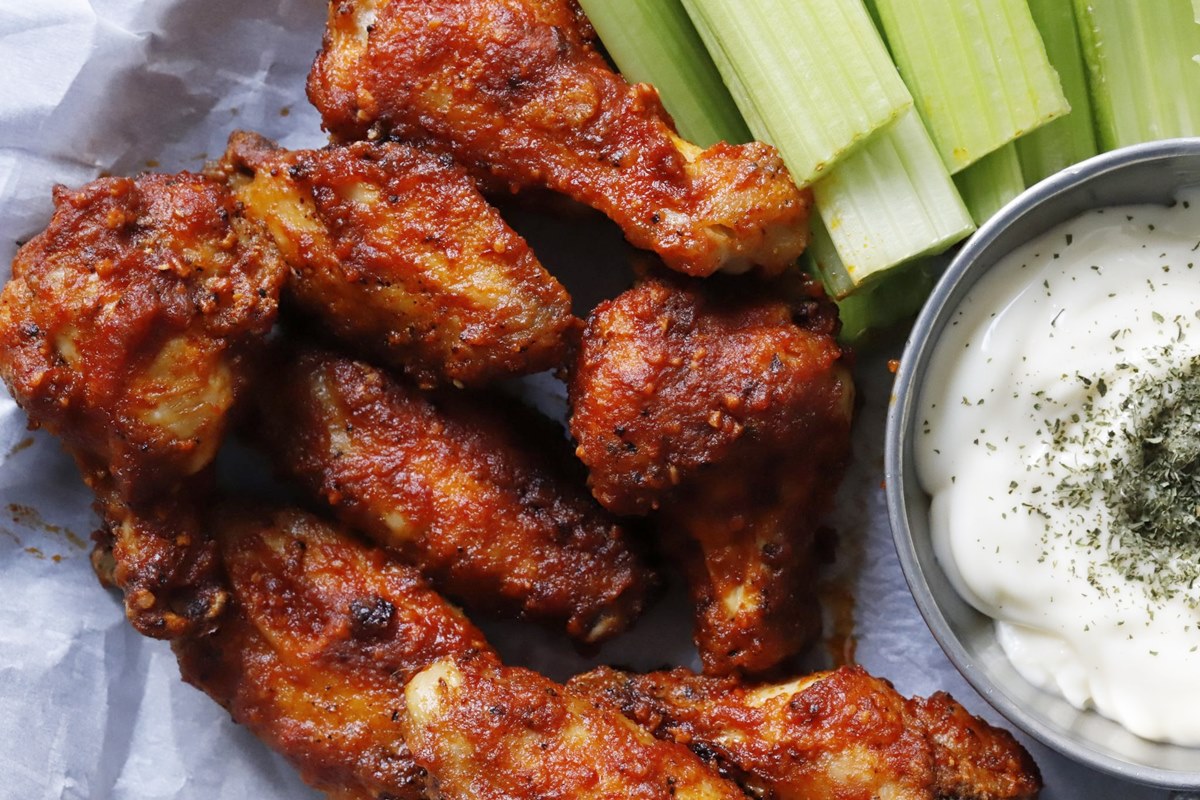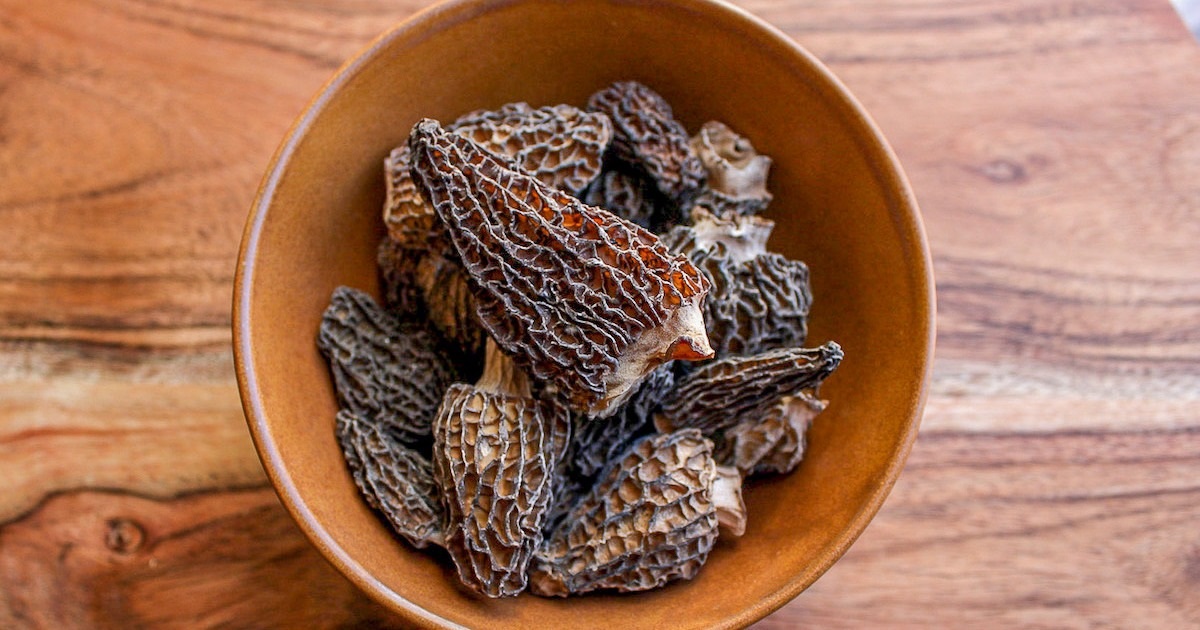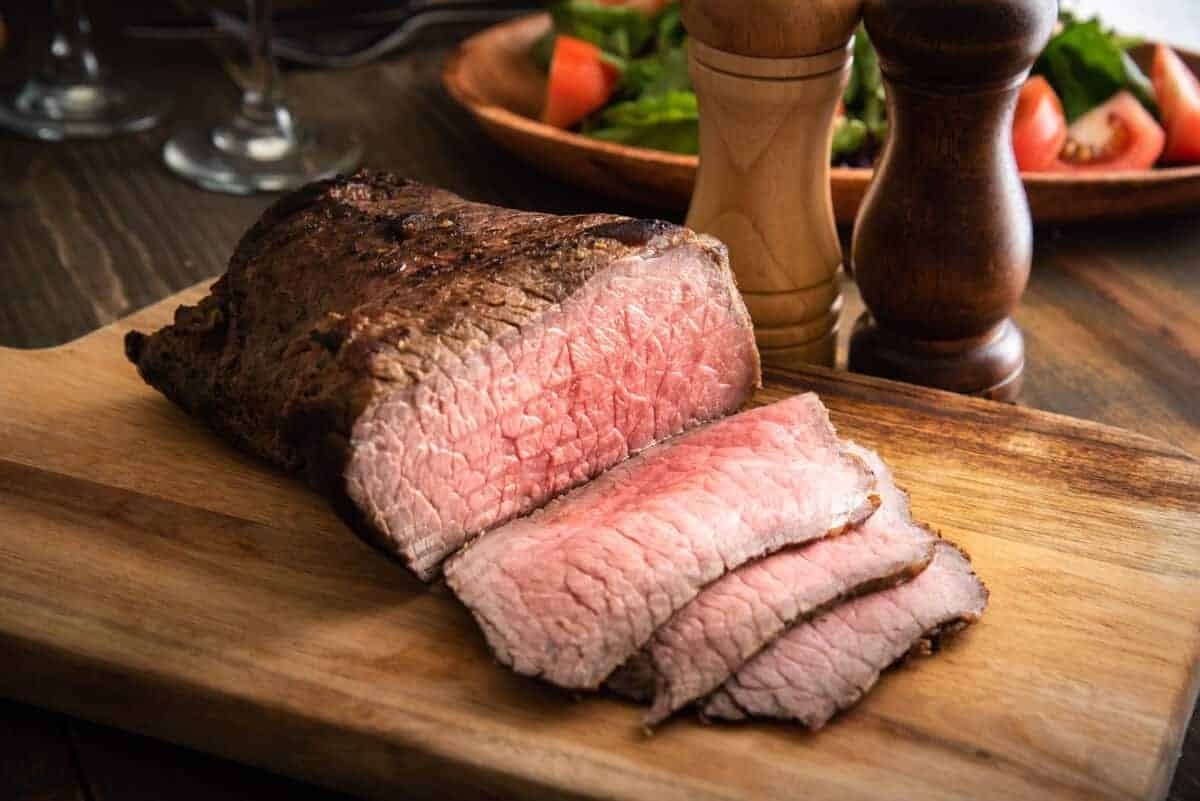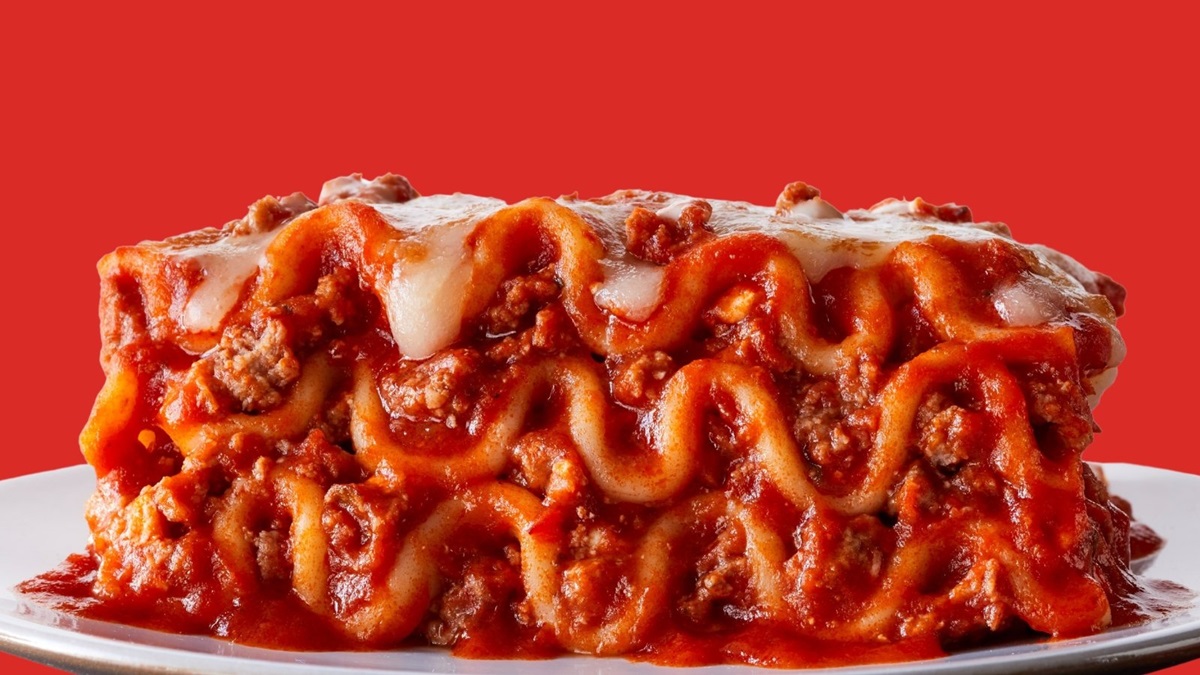Introducing Chicken Breast – A Nourishing Delight for Your Little One
When it comes to providing your baby with the nutrition they need to grow and thrive, introducing wholesome and delicious foods is key. Chicken breast is a great option for babies as it is rich in protein, vitamins, and minerals that support their development. In this article, we will explore how to cook chicken breast for your little one, making mealtime both enjoyable and nutritious.
1. Choosing the Right Chicken Breast
When buying chicken breast for your baby, opt for organic, free-range, and hormone-free sources whenever possible. These quality choices ensure that your baby is getting meat free from additives and harmful substances. Look for fresh chicken breast that is light pink in color, without any foul odor.
2. Preparing the Chicken Breast
Before cooking, it is important to properly prepare the chicken breast to ensure it is safe for your baby. Begin by rinsing the chicken breast under cool water to remove any potential bacteria. Pat it dry with a paper towel. For added safety, you can marinate the chicken breast in lemon juice or yogurt, as the acidity helps to tenderize the meat and kill any lingering bacteria.
3. Cooking Methods
There are various cooking methods you can use to prepare chicken breast for your little one:
- Steaming: Steaming chicken breast helps retain its natural flavor and nutrients. Simply place the chicken breast in a steamer basket over boiling water and cook for about 15-20 minutes or until fully cooked.
- Poaching: Poaching is another gentle cooking method. Place the chicken breast in a pan with enough water or chicken broth to cover it. Simmer on low heat for around 15-20 minutes until the chicken is cooked through and tender.
- Baking: Preheat your oven to 375°F (190°C). Place the chicken breast in a baking dish and bake for approximately 25-30 minutes or until the internal temperature reaches 165°F (75°C).
4. Serving Suggestions
Once the chicken breast is cooked, it’s time to get creative with serving suggestions:
- Shredded: Shred the cooked chicken breast into small, bite-sized pieces that are easy for your baby to handle.
- Pureed: Blend the cooked chicken breast with some cooked vegetables or a baby-friendly sauce to create a smooth, creamy puree.
- Finger Foods: Cut the cooked chicken breast into small strips or cubes that your baby can pick up and self-feed. Pair it with steamed vegetables or soft fruits for a balanced meal.
5. Safety Tips
While chicken breast is a healthy choice for your baby, it is essential to follow these safety tips:
- Internal Temperature: Always ensure that the chicken breast is fully cooked, with an internal temperature of 165°F (75°C). This helps eliminate the risk of foodborne illnesses.
- Avoid Seasonings: For babies under one year old, it is best to avoid adding any salt, sugar, or spices to their chicken breast. Let the natural flavors shine!
- Storage: If you have leftovers, store them in an airtight container in the refrigerator for up to three days or freeze them for future use.
As your baby grows, you can gradually introduce chicken breast into their diet, providing them with a valuable source of protein and vital nutrients. Remember to consult your pediatrician before introducing any new foods to ensure they are appropriate for your baby’s age and development. Happy cooking and happy eating!
Explore More Recipes and Ways to Utilize This Guide
As parents continue nurturing their baby’s palate, integrating chicken into their diet is a wonderful way to introduce new textures and flavors. The recipes listed provide a spectrum of options tailored for young taste buds. For starters, Simple Poached Chicken with Sweet Potato Mash offers a gentle introduction with its soft textures and mild flavors, ideal for easing babies into solid foods. Meanwhile, for those looking to incorporate more vegetables, Tender Baked Chicken Strips with Soft Steamed Broccoli is a nutritious choice, combining protein-rich chicken with vitamin-packed broccoli. Lastly, the adventurous can opt for Mild Chicken Curry with Coconut Milk for Babies, introducing a hint of exotic spices without overwhelming their delicate senses. Each recipe is crafted to ensure safety, digestibility, and enjoyment for your little one, making them perfect for expanding their culinary horizons.
Was this page helpful?
Read Next: How To Cook Frozen Impossible Burger In Oven
